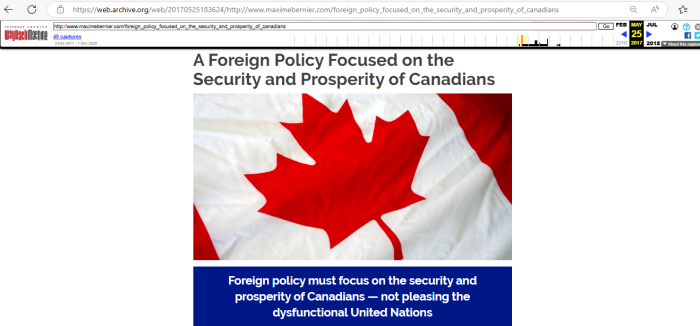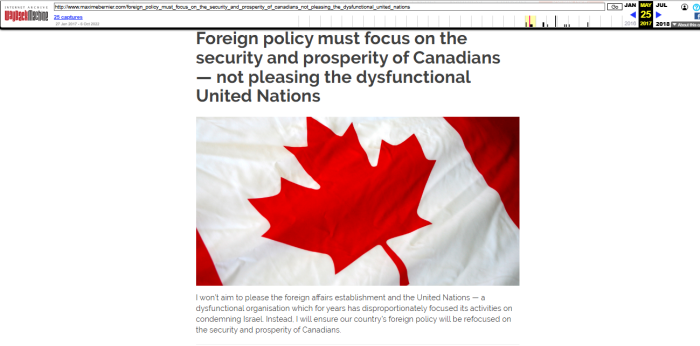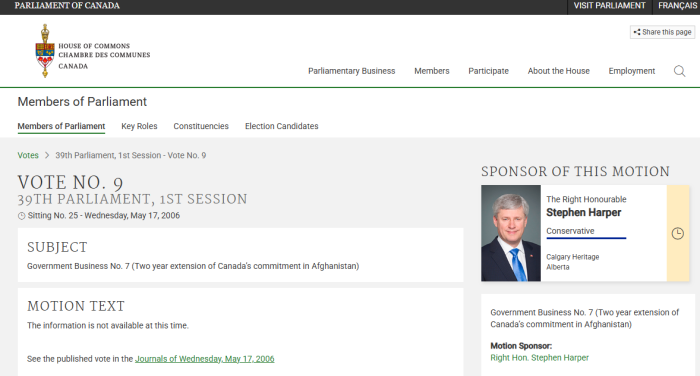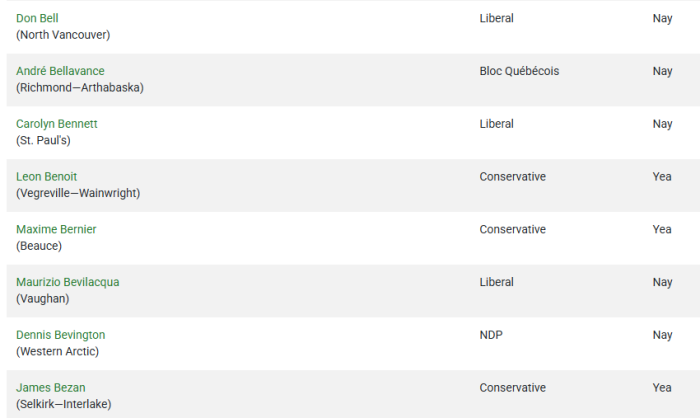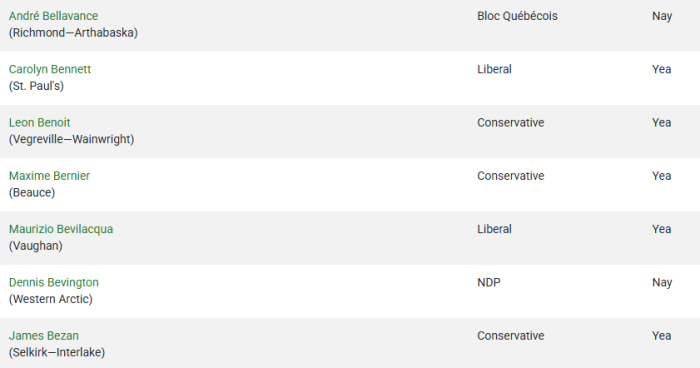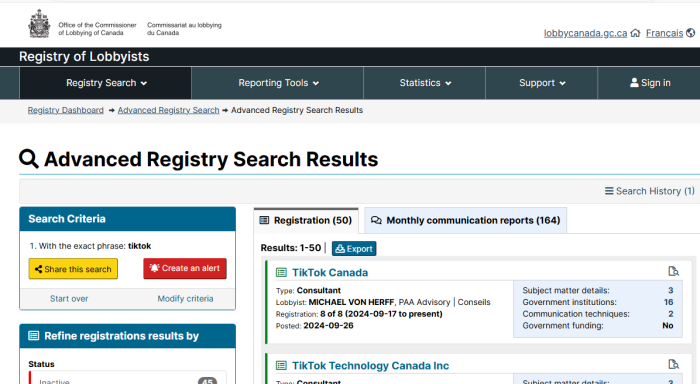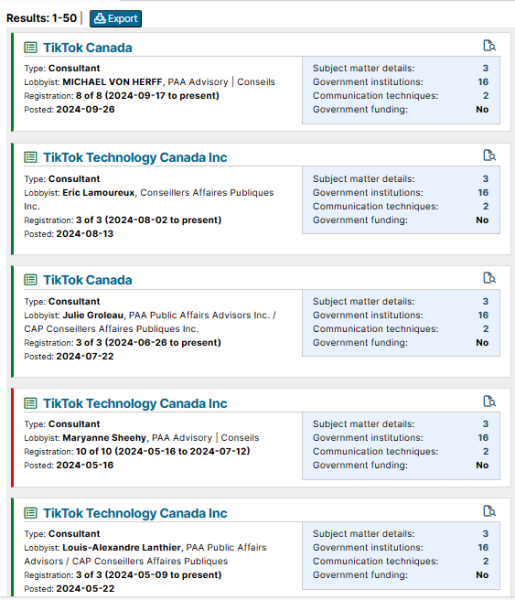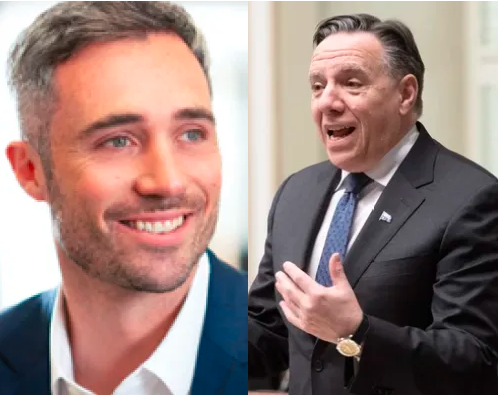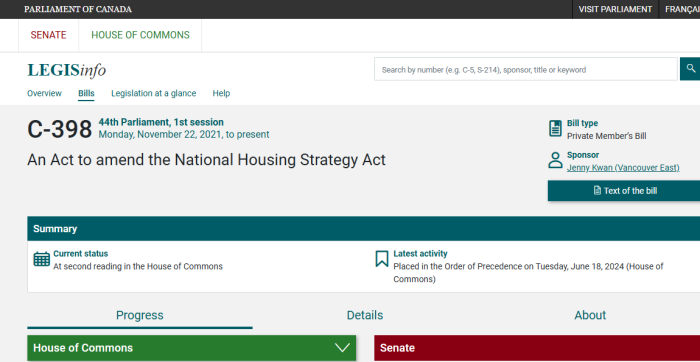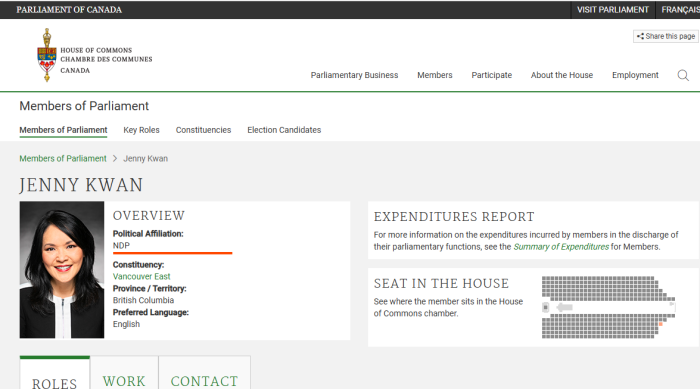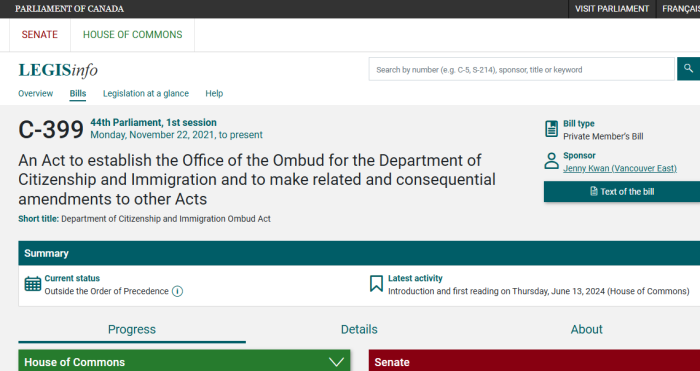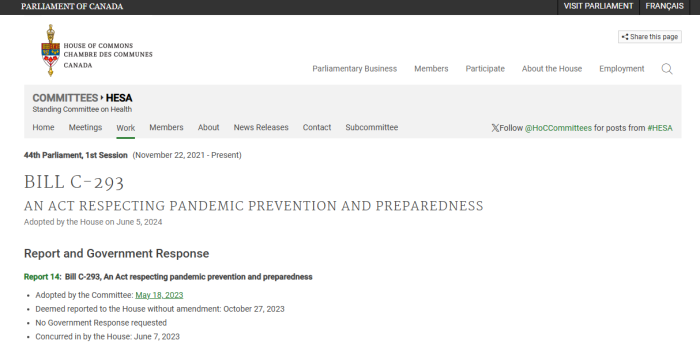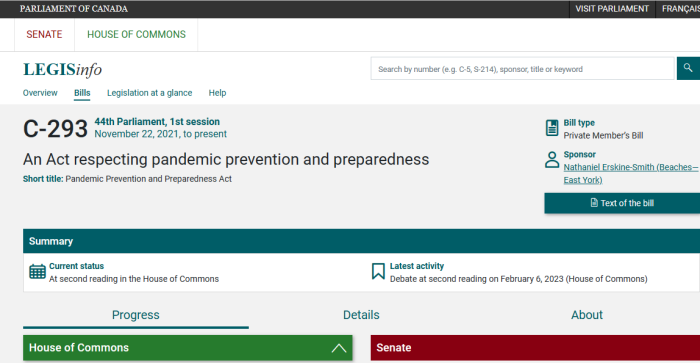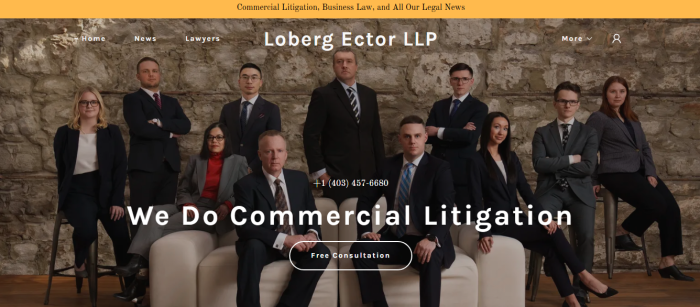
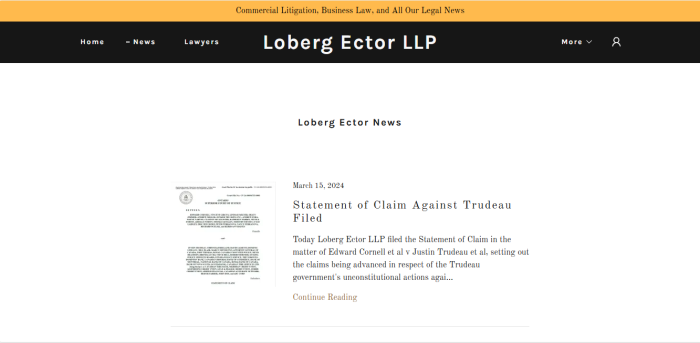
Last week, an Ottawa Judge threw out that a defamation case brought against Bernie Farber and the Canadian Anti-Hate Network (CAHN). Justice Bell found that it was a “strategic lawsuit against public participation”, which isn’t allowed under Ontario’s Courts of Justice Act.
Here’s the context.
On February 14th, 2024, a Notice of Action was filed in Ottawa. It named Farber, CAHN, various MPs, members of the police, and banks for what had happened when the Emergencies Act was invoked. Filing this bought them — the Plaintiffs thought — another 30 days to file their Statement of Claim.
How this relates to Farber and CAHN is that their postings are blamed for getting the EA invoked. Remember the infamous “Hate Gate” hoax? Well, this lawsuit may have come as a result of it.
However, because the Plaintiffs’ lawyers apparently know nothing about defamation law, or anti-SLAPP laws, Farber and CAHN are off the hook. CAHN posted about this, and accurately stated the problem: the Claim never identified any specific statements or articles. It just made bald assertions.
While the lawsuit can still proceed with regards to the other Defendants, Plaintiffs should seriously consider retaining new counsel.
There will be the typical rumblings about the system being corrupt, or the Judge being bought off. Those concerns have been made many times before.
Alternatively, it’s worth noting that the Statement of Claim was so poorly and incompetently drafted, that this outcome was easily foreseeable. The firm handling this case is Loberg Ector LLP, which boasts about it on their website
“We Do Commercial Litigation”
Just not very well, it seems.
The contact page on their website lists their address as being in Alberta. That Province doesn’t have anti-SLAPP laws, so it’s possible they didn’t know that Ontario did. Anyhow, let’s get into it.
Claim Failed To Specify A Single Defamatory Statement
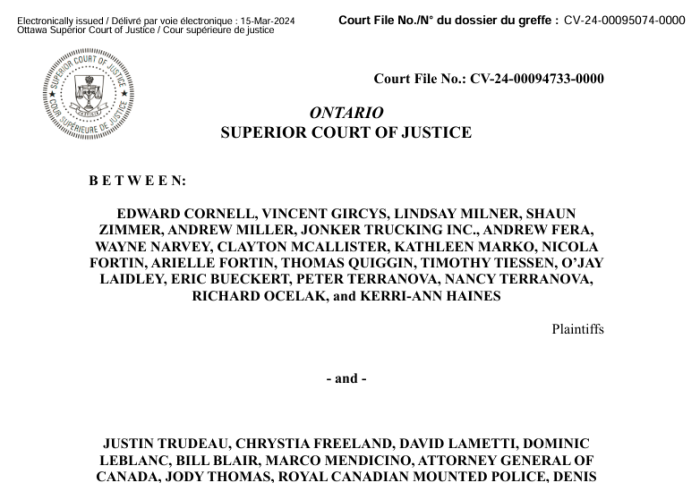
Here are the passages which related to CAHN.
207. Leading up to the Unlawful Enactments during the Ottawa Protests, several Defendants, acting together, or acting individually, as the case may be:
a. Made public and widely publicized denigrating and derogatory comments falsely characterizing the nature, scope, beliefs, and motives of the persons participating in the Ottawa Protests including some of the Plaintiffs;
b. Published and widely distributed written material including defamatory comments about the Ottawa Protests knowingly containing false and misleading information about the Ottawa Protests;
c. Conspired with or influenced major Canadian media outlets to publish false reports about the activities of the protestors present at the Ottawa Protests;
d. Made false reports regarding the activities of the protestors present at the Ottawa Protests to Crown officials and made false statements to Crown officials in such a way that promoted the Unlawful Enactments;
e. Sought to harm, injure, or otherwise denigrate the reputations of the Plaintiffs with malicious intent; and
f. Made such further and other public statements and publications which denigrated and harmed the reputations of the Plaintiffs as will be discovered at the trial of this action.
208. The conduct of the Defendants, and the false information which was disseminated by several Defendants to the Canadian media, the Financial Institution Defendants, the Crown and the citizens of Canada influenced and enabled the decision to invoke the impugned Unlawful Enactments.
209. The decisions taken by the individual Defendants, the Police Defendants, the Crown Defendants, the Financial Institution Defendants, and the CAHN Defendants were done cynically, politically, and selfishly without the appropriate consideration for the bests interest of Canada and its citizens and with wanton disregard for the wellbeing of the Plaintiffs.
210. Intelligence reports at the time of the Ottawa Protests from the RCMP, OPS, Police Defendants, and CSIS did not show that the Ottawa Protests were a threat to national security, and indeed consistently corroborated the overall peaceful nature of the Ottawa Protests.
211. While deliberately knowing that the Ottawa Protests was largely a peaceful protest, the Crown Defendants, and in particular Ms. Jody Thomas given her role as the National Security and Intelligence Advisor took it upon themselves to create their own open source intelligence operation to create a new flow of intelligence to the Crown Defendants (the “Thomas Open Source Intelligence Reporting”) which influenced their decision to invoke the Emergencies Act and Unlawful Enactments.
212. The Thomas Open Source Intelligence Reporting was an unsanctioned, and politically motivated open source intelligence operation which reflected the intentionally biased view of the narrative that Ms. Thomas and the Crown Defendants wanted, rather than the truth about the overall peaceful nature of the Ottawa Protests. This included relying heavily upon false or otherwise one-sided open source information and giving undue emphasis or weight to misleading or otherwise biased narratives including those from the CAHN Defendants or their proxies on social media.
213. For greater certainty, in her role as National Security and Intelligence Advisor, Ms. Thomas had the entire intelligence and security information assets at her disposal to draw upon, including military and defence. Ms. Thomas and her office were authorized to draw upon information and intelligence from at least five different secretariat level sources. These include Emergency Preparedness, Intelligence Assessment, Foreign Policy, Defence Policy, and the National Security Council. In addition to the secretariat level information and intelligence sources, Ms. Jody Thomas had several agencies providing intelligence flows which includes but is not limited to CSIS, the RCMP, the Department of National Defence, the Canadian Armed Forces, and the Communications Security Establishment Canada.
214. None of the intelligence reports or flows of intelligence from the plethora of integrated government-wide perspectives and sources that Ms. Thomas had available to her could be used to justify the invocation of the Emergencies Act, nor did they suggest that the Ottawa Protests were a threat to national security.
215. The Thomas Open Source Intelligence Reporting was a deliberate attempt to bypass the secretariat level intelligence and the intelligence flows from the numerous agencies that Ms. Thomas and her office had at their disposal. The Thomas Open Source Intelligence Reporting reflected the views and narratives that she wanted to advance, and it was not the integrated government-wide intelligence perspective that was required.
216. The Crown Defendants, members of Cabinet both named and not named as Defendants in this action, accepted the information contained in the Thomas Open Source Reporting and misinformation from the CAHN Defendants or their proxies either negligently or with malicious intent when they knew or ought to have known that such information was misleading, grossly exaggerated, defamatory, and harmful.
217. Essentially, when all or some of the Crown Defendants were unable to obtain the intelligence required to justify invoking the Emergencies Act or demonstrate that the Ottawa Protests were a threat to national security, they embarked on their own unsanctioned open source intelligence operation by way of the Thomas Open Source Intelligence Reporting to create a new flow of intelligence to the Prime Minister’s Office and to Cabinet while negligently or intentionally relying upon information that they knew or ought to have known was untrue, exaggerated, misleading, defamatory, and biased.
218. The Court ought to give weight to the above paragraphs as an aggravating factor in the course of this litigation when assessing the appropriate level of damages and financial compensation for the Plaintiffs.
252. The CAHN Defendants in particular, provided false information to several other Defendants and media organizations designed to harm the Plaintiffs. Falsified or otherwise highly exaggerated information was supplied by the CAHN Defendants or their proxies to the Crown Defendants and the Police Defendants in support of the Unlawful Enactments.
253. The statements made by the CAHN Defendants and their proxies defamed the Plaintiffs and influenced the decision to invoke the Emergencies Act.
254. The statements were false and were made with malice to advance the political agenda of the CAHN Defendants. The CAHN Defendants at one point were recipients of funding and financial support from the Government of Canada. The CAHN Defendants as recently as August 2023, have requested further financial funding for themselves and their causes from the Government of Canada requesting taxpayer money in excess of $130 million over the next 5 years. The true extent of the historical and ongoing financial funding of the CAHN Defendants by the Government of Canada is not fully known but will be discovered during this action.
255. The Plaintiffs, any or each of them, suffered damages as a result of the defamatory statements by the CAHN Defendants which were dishonest, deceitful, and exaggerated while done with malicious intent to cause harm including labelling the Ottawa Protestors, including the Plaintiffs, as being racist, accelerationist, far right extremists, falsely accusing supporters of the Ottawa Protestors as being Nazi’s, misogynistic, and disseminating other hateful and defamatory false accusations about the Plaintiffs some of whom are Indigenous peoples, racialized minorities, persons of colour, women, senior citizens, and disabled individuals.
256. The CAHN Defendants have themselves knowingly propagated hatred, sowed division within Canada, fomented distrust, spread misinformation, and have defamed the Plaintiffs with malevolent intent and for cynical purposes to advance a political agenda which has in the past been paid for and funded by the Canadian taxpayers.
257. Furthermore, the Crown Defendants in relying upon the Thomas Open Source Intelligence Reporting defamed the Plaintiffs when public statements were made repeating the same false information and narratives. In many instances, the Thomas Open Source Intelligence Reporting relied upon the false information from the Government of Canada funded CAHN Defendants and their proxies in a closed loop as a means to improperly justify the illegal invocation of the Emergencies Act.
258. The Plaintiffs seek compensable damages against the CAHN Defendants and the
Crown Defendants for their injurious falsehoods and defamation.
All of this is from the Statement of Claim.
But do you see the problem? At no point, is there any specific quote of any defamatory statement. Nor are there any specific articles or videos referenced. It should have looked something like this:
On February 6th, 2022, Farber stated: “…. [insert quote]….”
On February 8th, 2022, CAHN published an article which stated: “…. [insert quote]….”
On February 10th, 2022, Farber stated: “…. [insert quote]….”
On February 12th, 2022, Farber stated: “…. [insert quote]….”
On February 14th, 2022, CAHN published an article which stated: “…. [insert quote]….”
On February 16th, 2022, CAHN published an article which stated: “…. [insert quote]….”
On February 18th, 2022, CAHN published an article which stated: “…. [insert quote]….”
And so on.
This is how defamation allegations are supposed to be pleaded in a Statement of Claim. The specific words need to be included, along with information about who spoke or wrote them, when and where. Considering the case against Farber and CAHN was only expression, these needed to be listed.
Instead of this, the Claim goes on about vague and nondescript allegations. This is not how it should be done, and the Claim would have to be rewritten anyway.
But since Ontario has anti-SLAPP laws, there are no rewrites.
Section 137.1 Courts Of Justice Act (Anti-SLAPP)
Order to dismiss
(3) On motion by a person against whom a proceeding is brought, a judge shall, subject to subsection (4), dismiss the proceeding against the person if the person satisfies the judge that the proceeding arises from an expression made by the person that relates to a matter of public interest.
No dismissal
(4) A judge shall not dismiss a proceeding under subsection (3) if the responding party satisfies the judge that,
(a) there are grounds to believe that,
(i) the proceeding has substantial merit, and
(ii) the moving party has no valid defence in the proceeding; and
.
(b) the harm likely to be or have been suffered by the responding party as a result of the moving party’s expression is sufficiently serious that the public interest in permitting the proceeding to continue outweighs the public interest in protecting that expression.
The Courts of Justice Act for Ontario has been quoted many times. But here’s a quick overview as to how it works, and what needs to happen.
(1) Defendants, one or multiple, bring a Motion to dismiss under this provision. A lot of papers are exchanged in the meantime.
(2) Defendant(s) must convince the Court that their expression is “of a public interest concern”. This isn’t to say that it’s good or bad, just that it’s something a segment of the public would be interested in. By design, it’s a very low burden.
(3) If the Defendant(s) are able to do this, the burden then shifts to the Plaintiff(s), and they face a 3-part test. If even one part is failed, the anti-SLAPP Motion is granted, and the case dismissed.
(a) The Plaintiff(s) must persuade that there is “substantial merit” to the Claim.
(b) The Plaintiff(s) must persuade that there “are no reasonable defences available”.
(c) The Plaintiff(s) must persuade that there is a greater public interest in allowing the proceeding to continue, as opposed to protecting the expression.
If the Judge decides the expression “isn’t of a public concern”, the Motion is to be dismissed, and the case allowed to proceed. Likewise, if the Plaintiff is convincing on all 3 parts of the test, the Motion should fail.
Otherwise, the case is to be dismissed.
How The Anti-SLAPP Motion Played Out In Court
Starting at paragraph 19, Justice Bell explains his reasons.
The expression itself had to do with the invocation of the Emergencies Act, which impacted all Canadians. While not taking sides on the issue, he found that it was a concern to a large segment of the population. As a result, he found that Farber and CAHN met the “public interest threshold”.
Now, the burden shifted to the Plaintiffs, and they had that test to meet. And here’s where the lawyers’ sheer cluelessness about anti-SLAPP laws really showed.
No further steps in proceeding
137.1(5) Once a motion under this section is made, no further steps may be taken in the proceeding by any party until the motion, including any appeal of the motion, has been finally disposed of.
No amendment to pleadings
137.1(6) Unless a judge orders otherwise, the responding party shall not be permitted to amend his or her pleadings in the proceeding,
(a) in order to prevent or avoid an order under this section dismissing the proceeding; or
(b) if the proceeding is dismissed under this section, in order to continue the proceeding
This is part of what makes anti-SLAPP laws in Ontario so powerful. Part (5) “stays” the case, meaning nothing else can happen until this is resolved (and all Appeals).
Part (6) states that a pleading cannot be amended in order to avoid a dismissal, nor can it be after a case is dismissed.
Because the idiot lawyers never specified any defamatory statements here, there is no next time. As a result, Justice Bell found that there was “no substantial merit” to the Claim. (The civil conspiracy allegation also wasn’t pleaded properly.)
Since there’s no “substantial merit”, that should be the end right there.
There was also the open question as to whether the requirement to serve Notice of Libel was met, and whether the 2 year limitation had lapsed anyway. It wasn’t resolved, but still a possibly valid defence.
For the final part, the Judge found there was no evidence of harm to any Plaintiff from Farber or CAHN. Only Vincent Gircys submitted an Affidavit, but the freezing of his bank accounts couldn’t be tied to them.
Farber and CAHN had asked for $20,000 and $10,000 respectively for damages, which was denied.
The Motion was granted, and the case was dismissed (for Farber and CAHN).
Successful Motions Typically Get Full Indemnity (100%) Costs
Costs on dismissal
137.1(7) If a judge dismisses a proceeding under this section, the moving party is entitled to costs on the motion and in the proceeding on a full indemnity basis, unless the judge determines that such an award is not appropriate in the circumstances.
In most circumstances, successful parties only get a portion of their costs back. In Ontario, anti-SLAPP laws refer to “full indemnity” as the default position if the case is dismissed.
This means that Plaintiffs have to pay their lawyers’ costs, and ALL of the Defendants’ lawyers costs. Cost awards typically are well over $100,000.
During the Motion, the Plaintiffs’ lawyers had tried to argue that the suit against Farber and CAHN could be added to and “particularized”. Again, this showed their ignorance about defamation and anti-SLAPP laws.
Now, the case can theoretically still proceed — minus Farber and CAHN — but the Claim will still have to be redrafted anyway. What a waste of time and money.
However, because there are other serious problems with the pleading, it’s possible, and likely, that Motions to Strike will be coming soon.
The Plaintiffs need better lawyers.
Perhaps the Law Societies of Ontario and/or Alberta can assist them in connecting with more competent and experienced help.
(1) https://lobergector.com/
(2) https://lobergector.com/emergencies-act
(3) https://lobergector.com/contact-us
(4) Cornell Notice Of Action
(5) Cornell Statement Of Claim
(6) Cornell Farber CAHN Notice Of Motion Anti-SLAPP
(7) Cornell Farber CAHN Motion Record Anti-SLAPP
(8) Cornell Richard Warman Affidavit Anti-SLAPP
(10) Cornell Vincent Gircys Affidavit Anti-SLAPP
(11) Cornell Factum Of Farber CAHN Anti-SLAPP
(12) Cornell Defendant Cost Submissions Anti-SLAPP
(13) Cornell Plaintiff Cost Submissions Anti-SLAPP
(14) https://www.canlii.org/en/on/onsc/doc/2024/2024onsc5343/2024onsc5343.html
(15) https://www.antihate.ca/freedom_convoy_conspiracy_theory_kicked_out_of_court
(16) https://www.canlii.org/en/on/laws/stat/rso-1990-c-c43/latest/rso-1990-c-c43.html#sec137.1_smooth
Like this:
Like Loading...
